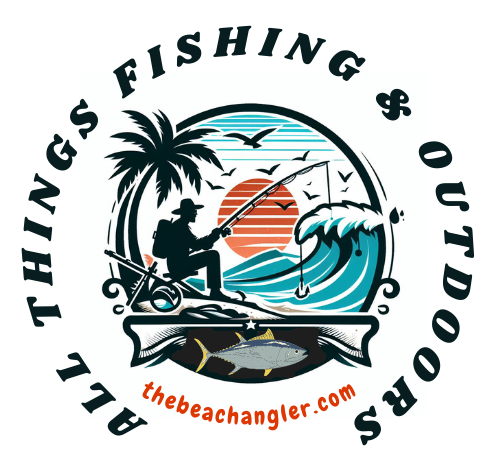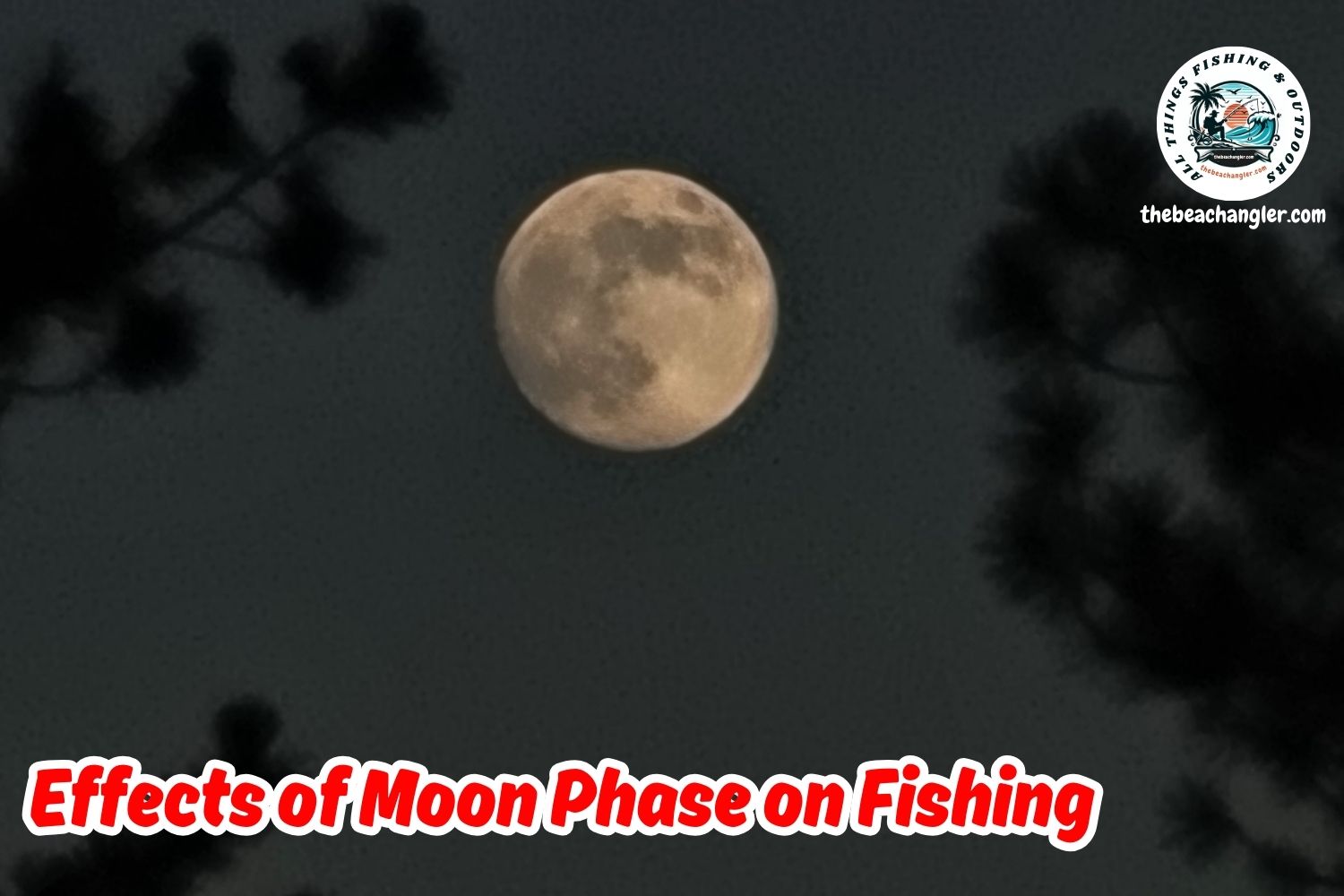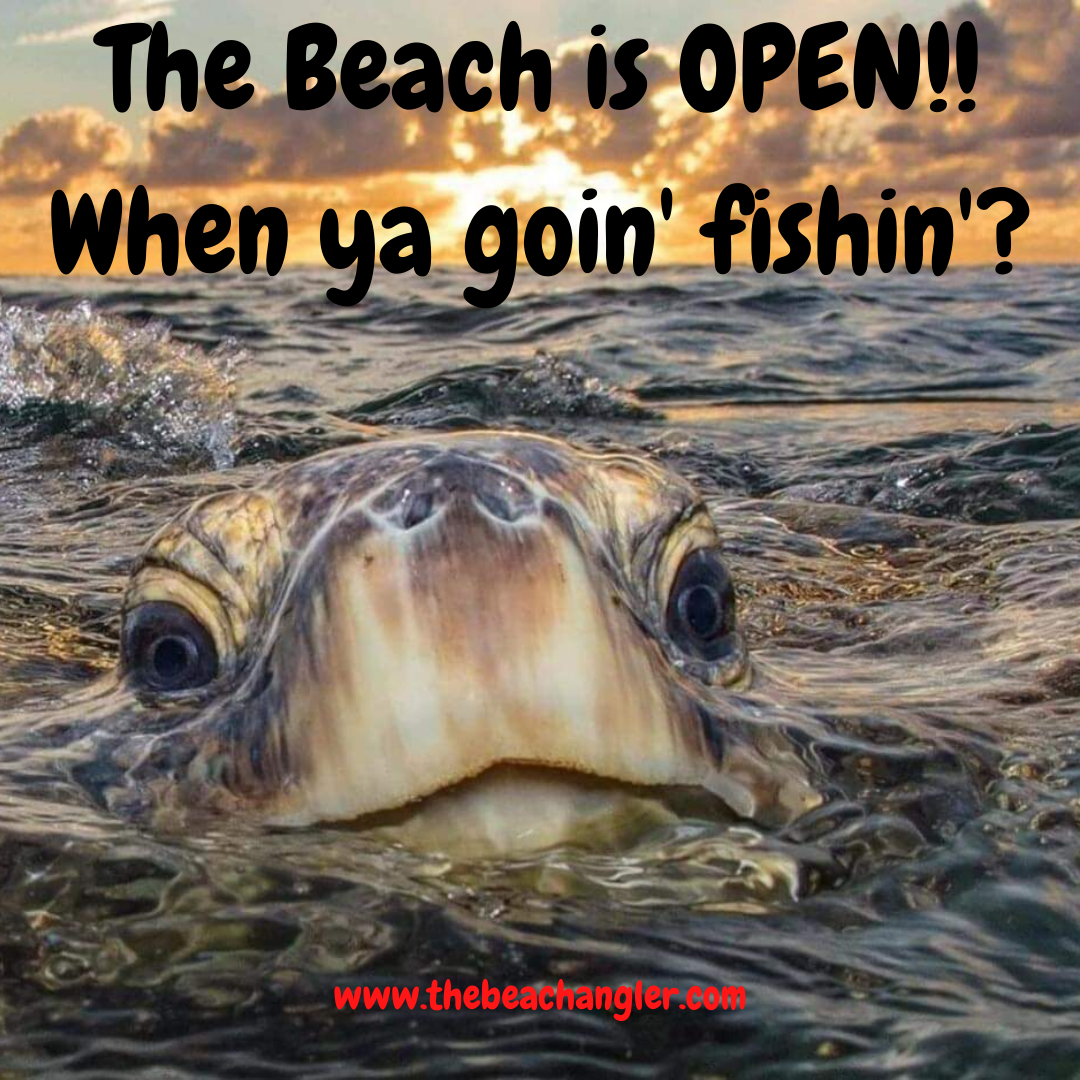Ever noticed how the ocean seems to be more spirited during certain times? Well, this often has a lot to do with the moon phase and the moon’s gravitational pull. When it comes to fishing, knowing the moon phase and how it works can give you an edge.
QUICK LOOK How Moon Phase affects Saltwater Fishing
Stronger Tides: Understanding these tides is key. Spring tides mean more water movement, which is basically a dinner bell for fish. They stir up the water, making food more available, and that gets fish hungry and active.
Increased Bait Activity: When water moves with more force, as it does during these bull tides, baitfish get really stirred up and disoriented. This movement sends them into open waters, making them prime targets for larger predator fish.
Increased Fish Feeding: The increased bait activity draws predators. This increased water flow makes fish more active and aggressive. They’re hungry, and that’s when they’re more likely to bite.
The moon doesn’t just hang out up there looking pretty; it actually has a big job. Its gravitational pull teams up with the sun to create the tides. During the new and full moon phase, this duo’s alignment causes what’s known as spring tides—when the tides are more pronounced with higher highs and lower lows.
Understanding these tides is key. Spring tides mean more water movement, which is basically a dinner bell for fish. They stir up the water, making food more available, and that gets fish hungry and active. For any saltwater angler, being aware of how these tides work is like having a secret ingredient to more successful fishing trips.
But, of course, not all tides are created equal. Neap tides, which occur during the first and last quarters of the moon, are the opposite. They’re much milder, with less water movement—and less fish activity. Knowing the difference means you can plan your trips when the conditions are most favorable, maximizing your chances of a good catch.
While understanding spring and neap tides is a great start, consider the full picture. Different phases of the moon affect the behavior of the tides, impacting fishing conditions significantly. Embrace this knowledge and time your fishing adventures with the moon’s phases for a better chance of success.
Why Stronger Tides Mean Better Fishing: The Science Explained
Strong tides can be the secret sauce for an epic day of fishing. During full and new moon phases, the gravitational pull from the moon and the sun line up perfectly, creating spring tides. These tides amplify water movements, and that spells opportunity for those looking to reel in a good catch.
Spring tides cause larger tidal swings, which means you get some intense water movement. This change can unsettle baitfish and other food sources, sending them closer to the surface and along shorelines where predator fish can easily get to them. That makes stronger tides your best friend, considering fish are more likely to bite when they have access to easy meals.
But stronger tides don’t just lure fish out from their hiding spots. They also change fish behavior altogether. The increased current delivers more food and oxygen, sparking activity among fish. When the environment’s teeming with energy and nourishment, fish are keener to feed, meaning you’re more likely to encounter them on the hunt.
Utilizing this knowledge isn’t just about knowing when the tides are high or low. Think about how you position yourself and what tactics you’re using. Align your fishing schedule with these tidal events, and you could be significantly upping your chances of success. Planning to hit the water when the tides are moving stronger will generally put you in the sweet spot for more bites, better fights, and bigger hauls.
So, when you’re planning your next fishing trip, think like a fish. What’s going on in the water? How are the tides moving? Use tidal charts to your advantage and set yourself up for the perfect fishing adventure. Embrace the science of tides, and you might just find yourself pulling in a catch that’s worthy of a brag.
Bait Availability: How the Moon Facilitates a Feast for Fish
Spring tides influence more than just the water level; they create a dynamic environment that can boost the chances of a successful fishing day. When water moves with more force, as it does during these tides, baitfish get really stirred up and disoriented. This movement sends them into open waters, making them prime targets for larger predator fish.

- The jump in water activity makes baitfish easier to catch for the fish you’re trying to hook. It’s a cycle — more movement, more bait, more predator fish. The moon, therefore, creates a buffet line for these bigger fish, and all you have to do is be there to witness the action.
- Timing is key here. Full and new moons aren’t just pretty sights; they’re indicators of when these food opportunities are available. Larger predators know when to feed, and that means you need to have your bait ready when they come calling.
- Knowing where baitfish are likely to gather also plays into this. Look near tidal channels, mouth openings, and estuaries since these locations see increased bait activity during stronger tides. By focusing on areas where baitfish congregate, you’re putting yourself in the best spot to succeed.
- Remember, it’s all about playing the natural food chain to your advantage. If you plan your fishing around the moon phase schedule and target the times of increased bait movement, you’re setting yourself up for a fruitful day on the water. With a bit of moonlit magic, the odds just might tip in your favor.
Fish Feeding Frenzy: Timing Fishing with the Tides
If there’s one thing fish love, it’s a good meal, and timing it right with the tides can make all the difference. The trick lies in when and where the fish decide to feast. When tides are pumped up by full and new moon phases, they don’t just move water—they ramp up the buffet line as well.
This increased water flow makes fish more active and aggressive. They’re hungry, and that’s when they’re more likely to bite. Timing your fishing sessions to match these active feeding periods can turn a usual day of fishing into an extraordinary catch adventure.
So, how do you use this to your advantage? Start by checking tide charts and planning your fishing trips around these peak periods. Areas with a lot of water movement are usually hotspots for fish. You’re more likely to catch them during periods of changing light—dawn or dusk—when they feel safer to come out for a meal.
It’s crucial to keep an eye on your local environment as well. Seasonal variations and local geography can tweak things slightly, so blending tidal knowledge with local insight is smart. Pay attention to the water temperature and clarity, as these can also influence fish activity.
For anglers, the goal is to anticipate these routines and be ready when the fish are most hungry. Match your lure or bait to what fish naturally consume during these periods for even better results. Having an in-tune sense of timing could be your ticket to a rewarding day.
Local Factors: Tailoring Your Fishing Strategy to the Locale
Fishing success isn’t solely about understanding the tides and moon phases. Every location has its quirks that can alter how fish behave, so it’s vital to customize your approach based on where you drop your line.
- Geography plays a big role. Coastal features such as reefs, bays, and estuaries can influence how tides affect fish movement. These features create micro-environments that fish might use as feeding or hiding spots. Understanding these patterns can give you an upper hand.
- Fish species are another critical factor. Different types target different prey and have varied responses to tides. For instance, some might become more active during spring tides, while others could shy away. Knowing the habits of the fish in your area is a winning tactic.
- Weather conditions also matter. Changes in temperature, wind, and even barometric pressure can tweak fish behavior, often amplifying or muting the effects of the tides. Aligning your strategy with these dynamic elements can enhance your fishing outcomes.
- Getting familiar with your local waterway is a big plus. Observations, conversations with local anglers, and keeping notes of conditions and outcomes over time will help you fine-tune your strategy. This way, fishing becomes not just about chance, but a calculated plan informed by experience.
Practical Tips for Fishermen: Leveraging Moon Phases for Success
When it comes to turning knowledge into action, there’s a treasure trove of strategies that can pay dividends on your fishing trips.
- First up, always have a reliable tide chart handy. This tool is invaluable for predicting the best fishing times by tracking the moon phases and tidal movements.
- Embrace technology by using apps and gadgets designed for anglers. These tools can give you real-time insights into weather conditions, tide changes, and even fish activity patterns, maximizing your chances of a fruitful outing.
- Preparation is key. Equip yourself with the right gear tailored to your location and target species. This includes selecting the right bait or lures that align with the feeding habits during specific tidal phases. Keeping a variety of options close is smart because conditions can change quickly out on the water.
- Networking with local fishermen can also boost your success rate. Shared stories and tips can provide practical insights that complement your knowledge of moon phases and tides. Anglers with experience in the area can guide you to lesser-known hotspots that thrive during certain tidal conditions.
- Finally, patience and adaptability are your best traits. The ocean is unpredictable, and sometimes, despite your best efforts, the fish just aren’t biting. Roll with the changes and be ready to modify your strategy as needed. The more you learn and experience, the better you’ll get at reading the signs and responding accordingly.
Check Out Our Most Recent Articles:
- Saltwater Fishing For King Salmon: 4 Top Strategies.
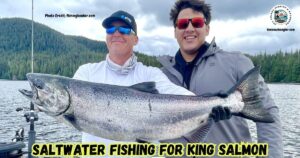
- 10 Advanced Features of the Penn Fathom Electric Reel Kit
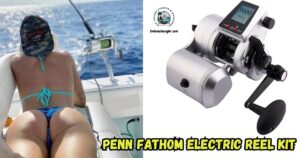
- Surf Fishing With Lucky Craft Lures
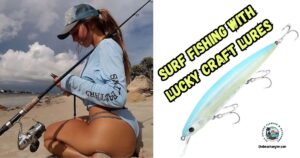
- 8 Features of the Minn Kota Kayak Terrova Trolling Motor
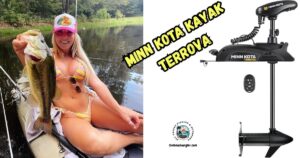
- Tips And Tactics For Saltwater Fishing With Spoons
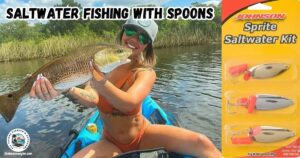
- Review Of The Daiwa Caldia MQ LT Spinning Reel
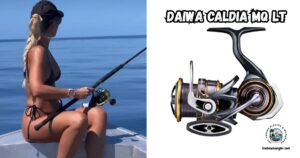
As always, stay safe, enjoy the journey and please try to leave it cleaner than you found it. If you have any comments, questions, ideas, or suggestions please leave them in the comment section below and I’ll get back to you ASAP. You can follow us on Facebook: Rex The Beach Angler, Instagram: thebeachangler7, Twitter: @AnglerBeach, and YouTube: Man Art Creations.
P.S. – Thanks so much for checking out our blog, we really appreciate it. Just so you know, we may receive a commission if you click on some of the links that appear on our site. This helps us keep our content free and up-to-date for everyone. We appreciate your support!
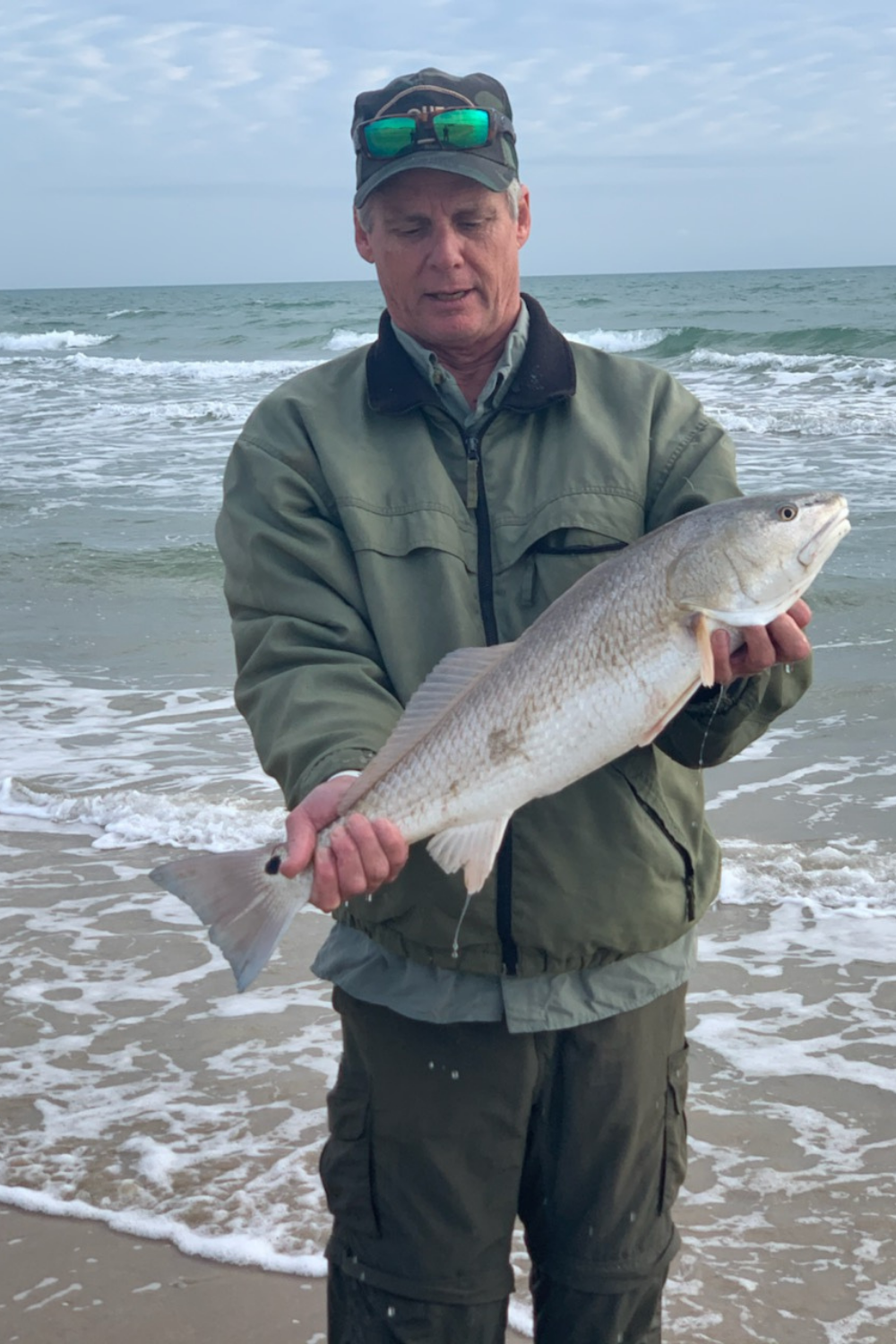
A life long surf fisherman with 50+ years of experience, I am also an avid hunter and outdoorsman. I will be sharing my passion for the outdoors with you so be prepared for hunting, fishing, camping, hiking and more. Along with gear reviews and the latest trends and innovations in the outdoor industry.
